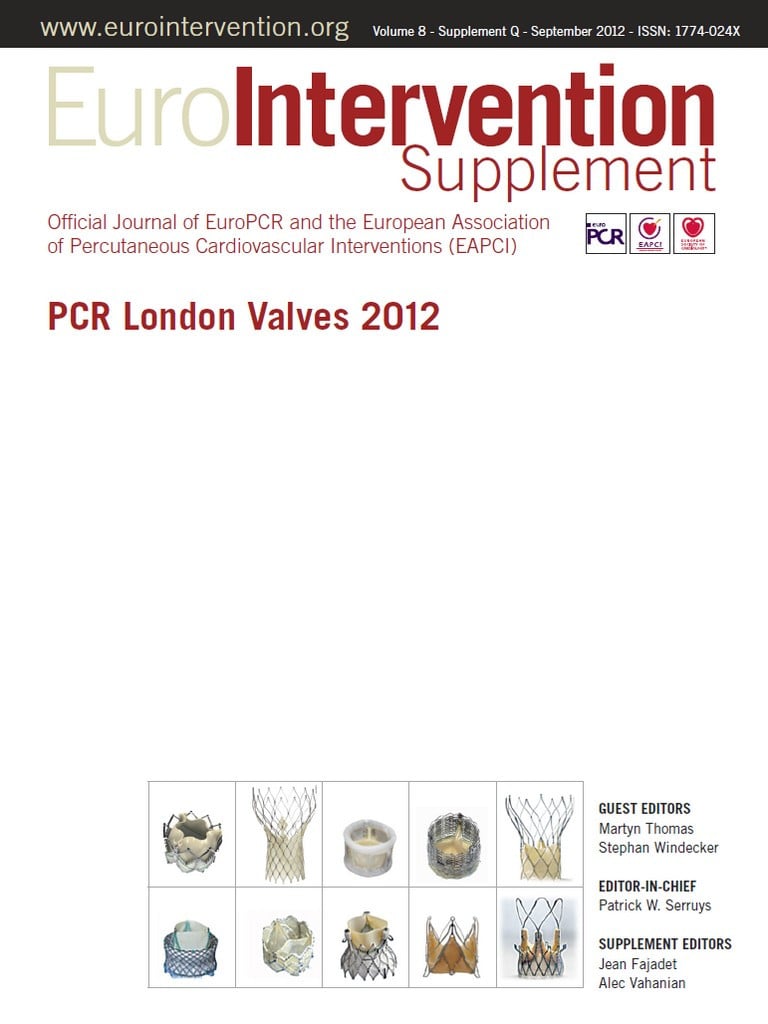Cory:
Unlock Your AI Assistant Now!
![]()
Pot-pourri
Concept of the central clip: when to use one or two Mitraclips®
Aims: Percutaneous edge-to-edge mitral valve repair with the MitraClip® was shown to be a safe and feasible alternative compared to conventional surgical mitral valve repair. We analyse the concept of the central clip and the predictors of the need for more than one Mitraclip® in our high-risk surgical population with severe mitral regurgitation (MR).
Methods and results: Patients with severe MR (3 or 4+) and high operative risk (as defined by logistic EuroSCORE) declined for conventional mitral valve repair were considered for the MitraClip®. The procedure was performed under general anaesthesia with transoesophageal echocardiographic guidance. Device success was defined as placement of one or more MitraClips® with a reduction of MR to ≤2+. Patients were followed up clinically and with transthoracic echocardiography at one month and at one year. From September 2009 to March 2012, 43 patients with severe MR with a mean age of 74.8±10.7 years (30 males and 13 females; mean log EuroSCORE 24.1±11, mean LVEF 47.5±18.5%; mean±SD) were treated. Median follow-up was 385 days (104-630; Q1-Q3). Device implantation success was 93%. All patients were treated following the central clip concept. Concerning the MR itself, 52.5% was degenerative in aetiology and 47.5% was functional. The degree of MR was reduced from 3.6±0.4 to 1.4±0.6 (p<0.001); NYHA Class improved from 3.1±0.4 to 1.8±0.7 (p<0.001). Nineteen patients (47.5%) received two or more clips. Vena contracta (p<0.001) and the presence of two broad jets (p<0.001) were correlated with the need for a second clip. The presence of a restricted posterior mitral valve leaflet (PML) was inversely correlated with the need for more than one clip (p=0.02). A cut-off value of ≥7.5 mm for vena contracta predicted the need for a second clip (sensitivity 83%, specificity 90%, p=0.01).
Conclusions: The central MitraClip® concept achieved a significant reduction in the degree of mitral regurgitation in the majority of patients treated. The presence of a broad jet (quantified by a vena contracta greater than 7.5 mm) significantly predicted the need for more than one clip.

